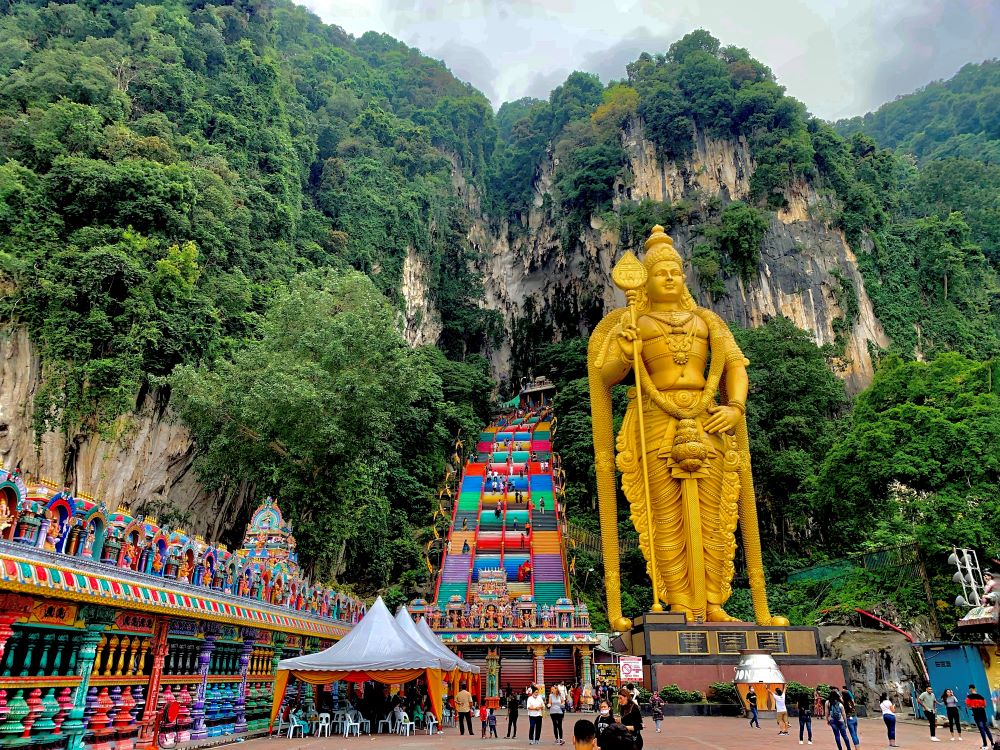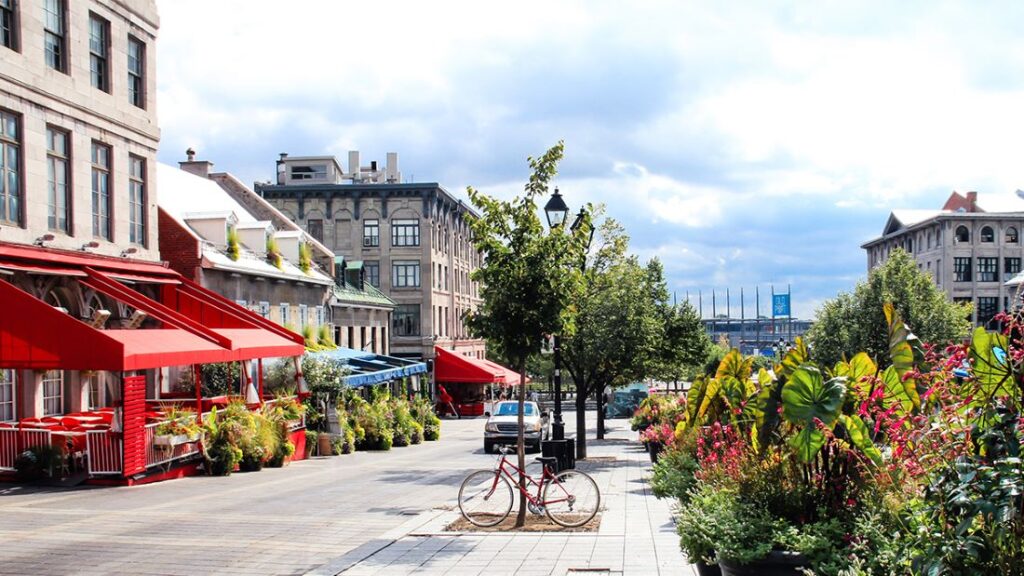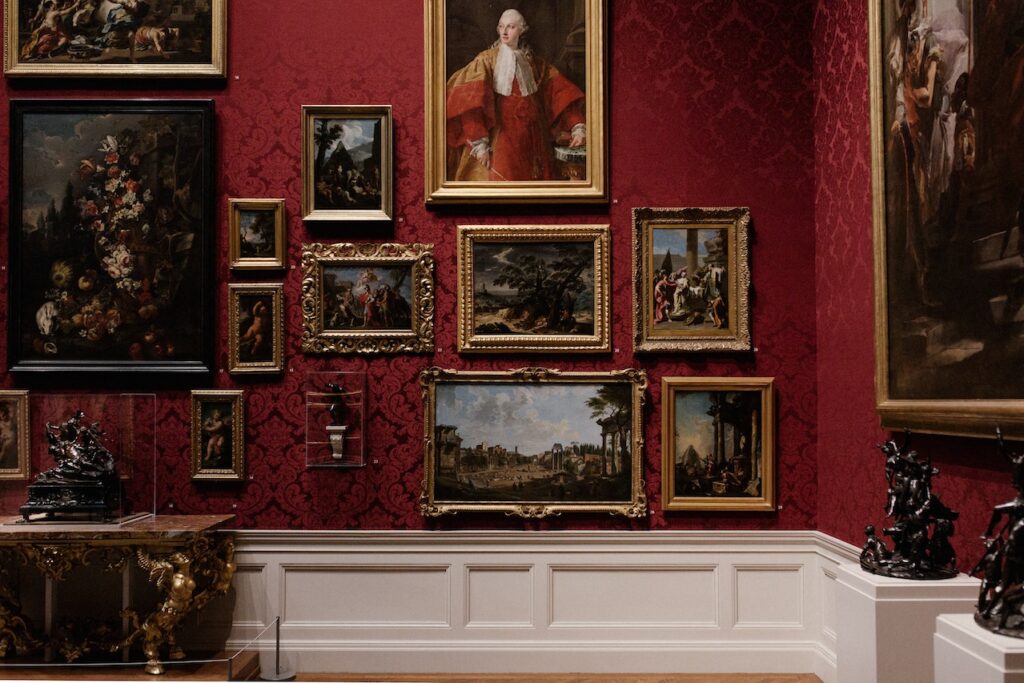In many parts of the world, temples are often shrouded in mystery. Apart from having religious significance where god’s come to life, temples have a unique historical, cultural, and architectural legacy-serving an important role in the fabric of society and local communities.
Whether you are exploring Thailand with its vast Theravada Buddha temples or the ancient civilization of Greece with its bountiful relics, these five beautiful temples are worth discovering on your next trip.
Wat Pho – Thailand
Wat Pho, also known as the temple of the Reclining Buddha, is one of Bangkok’s most impressive temples. The highlight of the temple is the massive Reclining Buddha, which is 15 meters tall and 46 meters long, making it the largest reclining statue in the world.
The Reclining Buddha is made from pure gold. Its feet are decorated in mother-of-pearl. Wat Pho has the largest collection of Buddha figurines in Thailand. It existed before Bangkok became the capital city in 1782.
The temple grounds are also the national headquarters for the teaching and preservation of Thai medicine, including Thai massage. Other highlights of the temple include four chapels containing several Buddha images and long lines of golden Buddha statues sitting in the lotus position.
The Temple of Hephaestus – Athens
Located in the heart of Athens, the temple of Hephaestus is one of the best-preserved monuments in the history of ancient Greece. Featuring a variety of sculptures, the temple was built in 450 BC and was dedicated to the Greek goddess Athena of pottery and crafts. It was named after the ancient god of fire.
With a unique architectural design, the temple is built from marble featuring several ornately decorated columns. On the east end of the temple are several sculptures depicting the labours of Hercules and the battle of Theseus.
The temple’s structure faced destruction by the Persian armies in 479 BCE. The Greeks vowed never to rebuild the temple or any damaged holy site as a reminder of the war. In 1834 King Otto inaugurated the temple as a museum. It is still considered one of the greatest ancient monuments in Greece.
Angkor Wat Temple – Cambodia
Angkor Wat is one of the largest religious monuments in the world. Spread over more than 400 acres; it is one of Cambodia’s most popular tourist attractions. It is located five miles north of the Cambodian city of Siem Reap.
Initially designed as a Hindu temple, it was dedicated to the Hindu god Vishnu and became a Buddhist temple in the 14th century. Following an invasion by the inhabitants of the city of Ayutthaya, modern-day Thailand, Angkor Wat collapsed in 1431. The temple ruins are what remains of the ancient Khmer Empire.
Angkor Wat is one of the world’s wonders and a UNESCO World Heritage Site. Its ruins are part of the Angkor Archaeological Park. You can explore the temple’s vast grounds by bike. Cycling around the temple is another awesome way to explore it, and an eco-friendly way of sightseeing.
The Temples of Abu Simbel – Egypt
Three hours south of Aswan, a Nubian city in the south of Egypt, lies Abu Simbel temple. It is one of Egypt’s largest and most impressive temples, comprising four colossal statues that guard its entrance.
The Abu Simbel temples were built from limestone rock cliffs to honour King Ramses II around 1200 BC. The entrance of the temples has figures of Ramses II that are 20 meters tall, there are also small figures of Ramesses’ children and Queen Nefertari.
Geographically, the temple had to be moved in 1960 and rebuilt on higher ground on top of a cliff after rising fears that the newly built Aswan High Dam would submerge the sacred sites underwater.
Batu Caves Temple – Malaysia
Not far from the capital city, Kuala Lumpur, Hindu devotees flock to the Batu Caves temple to make their prayers. Gracing the temple’s entrance is the statue of Lord Murugan. Once you pass the giant statue, you can climb the 272 steep stairs to the caves.
The temple’s holy site consists of three main caves and a few other small ones, each consisting of ornate shrines telling the story of how Lord Murugan, an ancient Hindu god, defeated his enemies.
Every February, Tamil Hindus flock to the Batu caves for the Thaipusam holy festival, climbing the steep 272 steps carrying offerings. A few pilgrims pierce their tongues and cheeks to show devotion to Lord Murugan. The highlight of the Batu caves are its opportunistic monkeys. Roaming freely, they are always eager to grab a quick snack; watch out for your water bottles!
Aaron Levinson | Staff Writer










